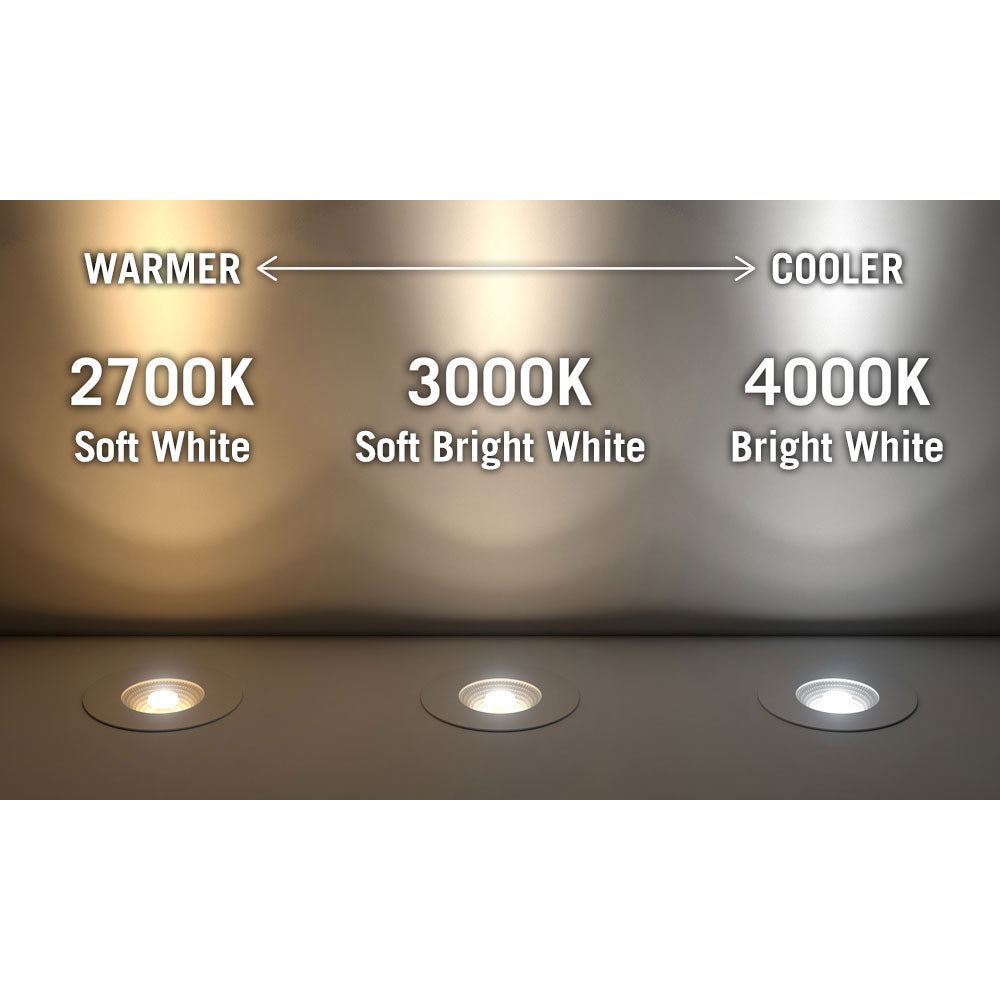12-volt kitchen lighting offers a unique and versatile solution for homeowners seeking efficient and customizable illumination in their culinary spaces. Unlike traditional 120-volt lighting systems, 12-volt options provide a low-voltage alternative that comes with its own set of advantages. Let’s explore the various aspects of 12-volt kitchen lighting, from the benefits it offers to the different types of fixtures available for creating a well-lit and aesthetically pleasing kitchen environment.
One of the primary advantages of 12-volt kitchen lighting is its energy efficiency. Operating at a lower voltage allows these fixtures to consume less energy, contributing to reduced electricity bills and a more environmentally friendly home. This energy efficiency aligns with the growing trend of sustainable and eco-conscious living.
12-volt lighting systems are often easy to install, making them a practical choice for homeowners who enjoy DIY projects. The lower voltage reduces the risk associated with electrical work, making it more accessible for individuals without extensive electrical expertise. This user-friendly installation process empowers homeowners to customize their kitchen lighting without the need for professional assistance.
Flexibility is a key feature of 12-volt kitchen lighting. These systems often include a variety of fixtures, such as under-cabinet lights, puck lights, and track lighting, providing options for different lighting needs. The versatility allows homeowners to create layered lighting designs, incorporating ambient, task, and accent lighting to enhance both functionality and aesthetics in the kitchen.

Under-cabinet lighting is a popular application for 12-volt systems in kitchens. These fixtures are discreetly mounted beneath cabinets, illuminating countertops and workspaces. 12-volt LED under-cabinet lights, in particular, are a popular choice for their energy efficiency, longevity, and ability to provide bright and focused task lighting where it’s needed most.
Puck lights, another common 12-volt option, offer a compact and versatile solution for accent and task lighting. These small, circular fixtures can be installed in various locations, such as above the sink or over the kitchen island, providing focused illumination. The compact size of puck lights makes them ideal for spaces where a larger fixture might be impractical.
Track lighting systems are adaptable to 12-volt configurations, offering a dynamic and customizable solution for kitchen illumination. These systems consist of fixtures mounted on a track that can be adjusted to direct light where it’s needed. 12-volt track lighting is particularly suitable for kitchens with changing layouts or for highlighting specific areas, such as artwork or architectural features.
12-volt LED strip lights provide a versatile and modern lighting solution for kitchens. These flexible strips can be installed in various locations, including under cabinets, along the toe kicks, or even within open shelving. The ability to cut and customize the length of LED strips makes them an excellent choice for achieving a seamless and tailored lighting design.

Dimming capabilities are a notable feature of many 12-volt lighting systems. Dimmable fixtures allow homeowners to adjust the brightness of the lights, creating different moods and atmospheres in the kitchen. This flexibility is especially beneficial during different times of the day or for entertaining, providing enhanced control over the lighting environment.
The safety aspect of 12-volt lighting should not be overlooked. The lower voltage reduces the risk of electrical shock, making these systems a safer option for kitchen installations. This safety feature is particularly important in spaces where water and moisture are present, such as near sinks or in areas prone to splashes.
For those looking to incorporate a touch of innovation into their kitchen, 12-volt smart lighting options are available. These fixtures can be integrated with smart home systems, allowing homeowners to control their kitchen lighting through mobile apps or voice commands. This level of automation enhances convenience and adds a modern touch to the kitchen environment.
Consider the color temperature of 12-volt LED bulbs when selecting lighting for your kitchen. Warm white tones are often preferred for creating a cozy and inviting atmosphere, while cool white or daylight tones are suitable for task lighting areas where precision is essential. The ability to customize the color temperature adds another layer of versatility to 12-volt kitchen lighting.

12-volt lighting systems are compatible with various lighting controls, including traditional switches, dimmer switches, and remote controls. This adaptability allows homeowners to choose the control method that best suits their preferences and lifestyles. The convenience of remote controls, in particular, adds an extra layer of ease to adjusting the lighting in your kitchen.
When designing your 12-volt kitchen lighting layout, consider creating a layered lighting scheme. Combine ambient, task, and accent lighting to achieve a well-balanced and visually appealing environment. This approach not only enhances the functionality of the space but also adds depth and dimension to the overall kitchen design.
Maintenance is often simpler with 12-volt lighting systems. LED bulbs, commonly used in these systems, have a longer lifespan than traditional incandescent bulbs, reducing the frequency of bulb replacements. This longevity not only saves time but also contributes to the overall cost-effectiveness of 12-volt kitchen lighting.
12-volt kitchen lighting offers a range of benefits, from energy efficiency and easy installation to flexibility and safety. Whether you opt for under-cabinet lights, puck lights, track lighting, or smart lighting solutions, the versatility of 12-volt systems allows you to customize your kitchen illumination according to your unique preferences and needs. Embracing this low-voltage lighting option can transform your kitchen into a well-lit and inviting space that combines functionality with style.

Related Posts:
- Led Kitchen Sink Light
- Single Pendant Lighting Over Kitchen Island
- Rise And Fall Pendant Lighting For Kitchen
- Best Led Lights For Under Kitchen Cabinets
- Cobalt Blue Pendant Lights Kitchen
- Beach House Kitchen Pendant Lights
- Kitchen Fluorescent Ceiling Light Covers
- Modern Flush Mount Kitchen Lighting
- Decorative Fluorescent Light Panels Kitchen
- Kitchen Chandelier Lighting Ideas